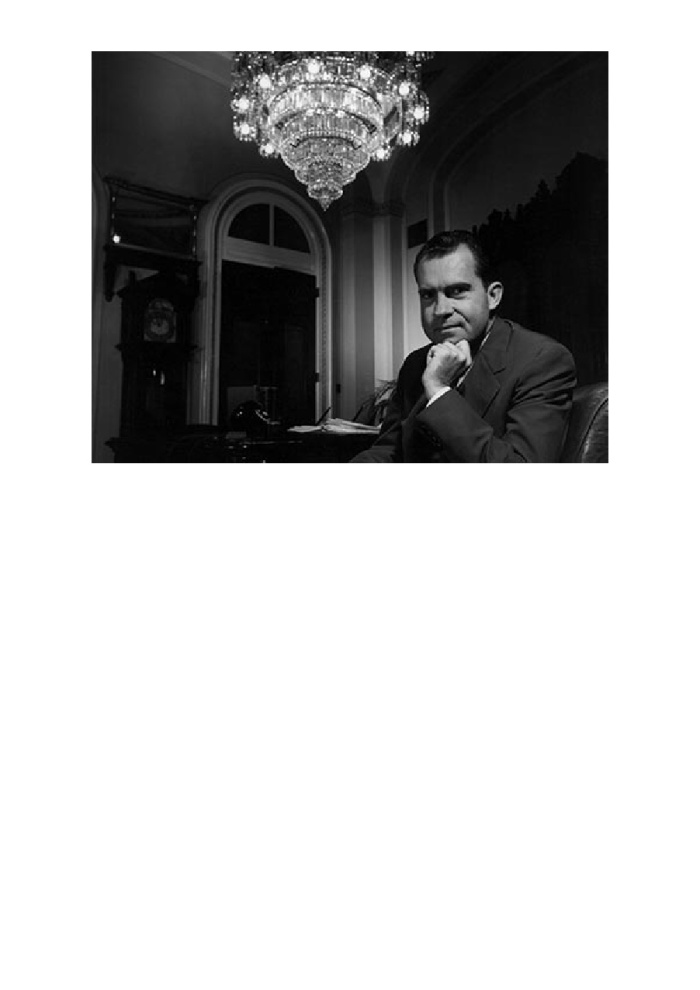The psychoanalytical concept of the true self and the false self were first developed by D.W. Winnicott in 1960. Where the true self describes the “real self” based on spontaneous authentic experience, the false self in contrast was seen as a defensive facade where the holder becomes a mere appearance of being real.
This concept has been transferred to the photography world, where many portrait photographers used the lens to both portray the false self and expose the true self.
“In essence, when referring to portraits, and indeed all forms of photography, one needs to distinguish between images that simply portray a superficial likeness, and ones that attempt to portray something beyond – where the same likeness takes second stage over its interpretation” (Muscat, 2015).
According to Sergio Muscat in his literature review “Identity and the Photograph”, portraits are very much an interpretation by the photographer of the self-interpretation of the subject of the photograph. He states that “The act of photography, and the interaction with the image, is thus essentially a mirroring of the self,” the trick is to engage the part of the self that is intended to be portrayed through the photograph.
In this photograph of Richard Nixon taken by Arnold Newman in 1956, the then Vice President of the United States portrayed a side of his true self without indication from the photographer, where it was said that he was talking about his enemies which led to him having a menacing look on his face at the moment the photograph was taken. This photograph interests me particularly as the use of shadowing (around the eyes and chin, as well as in the background) amplifies the overall effect of the photograph. This combination of facial expression and lighting relates to the way I visualise my finished project.
